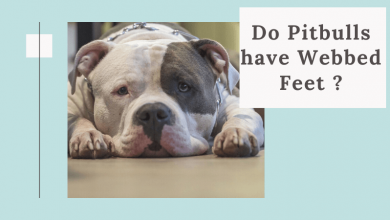Can a dog retear ACL after surgery? Facts about ACL repair in pets

Surgery is a very daunting and painful process. For pets, it is even worse because they don’t understand what’s happening and why their human friends are putting them through so much pain. This is why the idea of the problem recurring even after surgery can be heart-breaking. If your pet went through surgery for his torn ACL and you are worried that it will retear, you have come to the right place. In this article, we will shed light on the issue and give you clarity on the subject.
What is ACL?
ACL stands for Anterior Cruciate Ligament. It is present in the knee and connects it to the femur and tibia. The ACL in dogs works just like the ACL in humans and a tear in this ligament can cause the same problems as in humans – excessive pain and being unable to bear weight on that leg.
Dogs usually tear their ACL due to an injury or during sporting activities. There are other factors as well such as obesity and lack of exercise that can cause the ACL to wear down. Sometimes, it also happens due to excessive jumping.
 Symptoms of an ACL tear
Symptoms of an ACL tear
- Being unable to walk on the affected leg
- Trouble standing up after sitting or lying down
- Discomfort and pain
Breeds that are prone to ACL tears
While this can happen to any dog, most vets agree that Labradors, Rottweilers, and Golden Retrievers are more prone to this sort of injury.
Treating an ACL tear
Physical therapy is important but surgery is the real treatment. If you don’t have pet insurance, it can be expensive. So, if you can’t afford it, speak to your vet to consider other options. We would like to remind you here that ACL tears are extremely painful and you should have your little furry friend treated as soon as possible.
Can a dog retear ACL after surgery?
 It is possible to retear the ACL after surgery but there are ways to minimize the possibility. To start off with, we recommend healthy weight and regular exercises based on the breed and age. Your vet may advise that you continue physical therapy after surgery. This will increase the chances and speed of recovery, which is why we strongly recommend taking your vet’s advice.
It is possible to retear the ACL after surgery but there are ways to minimize the possibility. To start off with, we recommend healthy weight and regular exercises based on the breed and age. Your vet may advise that you continue physical therapy after surgery. This will increase the chances and speed of recovery, which is why we strongly recommend taking your vet’s advice.
Also, in 30-50% of the cases, dogs end up tearing the ACL of another leg. To avoid this, the aforementioned tips are even more important. If your dog tears the ACL of any 2 legs at the same time, please note that he will be immobile and in unbearable pain. So, the best option is to take good care of your dog and give him the attention he deserves.
90% of the dogs return to normal activity after surgery and adequate rest. Your dog could be one of them too. Just take care!
Conclusion
We hope this article was detailed enough to answer your questions. If you have any other doubts, you can speak to us or leave a comment.





